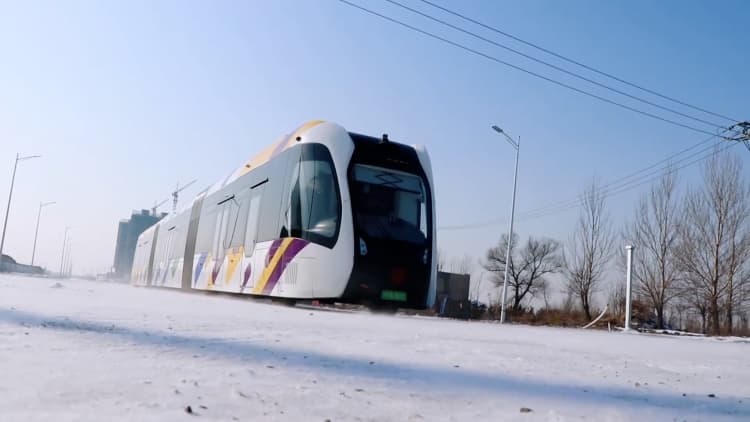Public transit is a vital force for the American economy.
The American Public Transportation Association estimates that 87% of trips directly benefit the local economy, with $1 invested in public transit believed to generate $5 in economic returns. Meanwhile, nearly $42 billion in transit spending goes directly to the private sector.
But the state of public transit in the U.S. is declining rapidly as transit across the nation faces a fiscal crisis. Philadelphia's SEPTA predicts a deficit of almost $269 million by 2027. Chicago's RTA predicts a budget gap of $730 million by 2026, while the budget gap of the Los Angeles system, LA Metro, is expected to reach $1 billion by the end of 2026.
"The federal money that goes to transit services is largely limited to the capital costs," said Peter Norton, an assistant professor of history at the University of Virginia. "That means building the infrastructure or buying the vehicles. But the operating costs are where the transit services are really pinched."
What's more, according to Nicholas Dagen Bloom, a professor of urban policy and planning at Hunter College, "the cost of living, operations and construction over the last 40, 50 years has far exceeded what is collected in fares."
These financial deficits have led directly to deteriorating services.
"If a transit system doesn't have enough money, we can limit the hour of services and the frequency of service," said Norton. "But all of those things also deter ridership and encourage people to depend on their car instead."
Ridership has continuously declined since 2015. And after seeing a steep drop during the pandemic, ridership has failed to recover to its previous levels.
"It's a vicious cycle, right? If we have fewer users and riders, it's difficult to justify significant public investment in that system," said Yingling Fan, a professor of urban and regional planning at the University of Minnesota. "Therefore, it's become more difficult to provide quality service. And because you have a lack of quality of service, you will continue to have a lack of users and riders."
Watch the video to learn more about public transit in the U.S. and why it is in decline despite its economic benefits.



